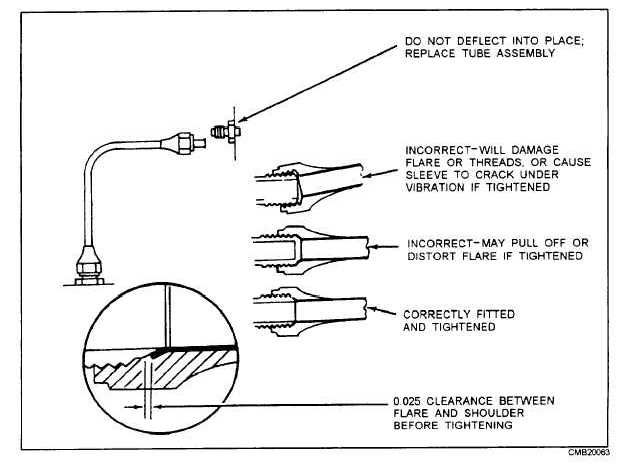
Figure 3-41. - Correct and incorrect methods of installing flared fittings.
slightly at the midsection and acts as a spring. This action of the sleeve or ferrule maintains a constant tension between the body and the nut, thereby preventing the nut from loosening.
Before the installation of a new flareless-tube connector, the end of the tubing must be square, concentric, and free from burrs. For the connection to be effective, the cutting edge of the sleeve or ferrule must bite into the external surface of the tube.

Figure 3-42. - Flareless-tube connector.
NOTE
When tube-type fittings are being tightened, observe the following:
Tighten only until snug. NEVER overtighten. More damage has been done to tube fittings by overtightening than from any other cause.
If a fitting starts to leak and appears loose, retighten only until leak stops.
Where necessary, use two wrenches on fittings to avoid twisting the lines.
FLEXIBLE HOSE CONNECTORS. - Flexible hose connectors are designed to be either permanent or reusable and are made of forged steel. There are various types of end fittings for both the piping connection side and the hose connection side of hose fittings (fig. 3-43).
Permanent hose fittings are discarded with the hose when the hose is damaged or defective. They are either crimped or swedged onto the hose. A crimping machine that may be found in most shops does crimping of the fitting. The crimping machine is either powered by hand. an air pump, or a hydraulic pump.
Continue Reading